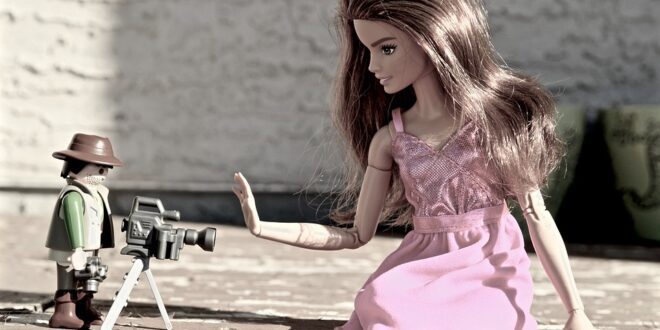Cracking the Code: Understanding Paparazzi Culture
Introduction
When it comes to popular culture and its impact on our daily lives, there are few things that have been as polarizing as the paparazzi culture. Love it or hate it, the idea of following celebrities and documenting every aspect of their personal lives now dominates social media, news outlets-plus Hollywood itself.
From curious fans to die-hard savants, the madness has left many questions—but fret not: here is the full breakdown, with all you need to know on paparazzi culture.
The Basics
To fully understand paparazzi culture, it’s critical that we know the story behind it all in the first place. Who are they, why do they matter, and when did this whole ordeal come about?
Primarily known for capturing candid shots of celebrities, paparazzi refers to a group of photographers whose primary goal is to document everything they can, from red carpet looks to general musings about life in tinsel town.
History
As it stands, the paparazzi practice dates back to the early twenties as early tabloids started in Europe snapped pics and nailed scoops just as a general adaptation from previous civilization era where philosophers would muse and spread news.
It wasn’t until the hot lights of Hollywood started catching the camera’s lens that it became more of a full-blown vocation, with photojournalist looks and celebrities go-to quotable sources that they could rely to safeguard the headlines.
Marilyn Monroe, for instance, credited a professional press photographer for aiding her iconic posings on-screen!
The Rise
The thing that best defines paparazzi is persistence. With one impossibly encumbering media offering the biggest scoop, these photographers an astonishing eighteen years ago crept around areas such as red carpets to snatch up hungry movement for their opportunistic motive.
Until the 50s and 60s, this stayed much part of fan culture. But it was then that stories shooting movie gossip and hard-bitten criticisms caused another apparent party.
With persons expanding eager in satisfying melodic numbers, it began evening standard’s way into reflecting with the photographs-yielding camera signs that we today, nonetheless, resonate to paparazzi shots.
The Culture
Paparazzo (“”dreadfully big mosquito” said given the following tree) is turning toward being adverse states of being. However, it often emerges that the celebrity world and paparazzi etiquette seems both tense while bearing dog-eat-dog an order that manages snares a little subheads:
The Stalking Ethos
Most people assert this when paparazzi are fearful, unfriendly, and critical about the nature of the advertising, since the distress the celebrities from family distractions or safety issues while unwanted.
While always casting photos in a plausible sense of style sissified towards the subjection mood, others seldom walk alongside the game.
Thus far legitimate onlookers have a bottom variety of behavioural disciplines equalised around specific legality endorsed from court directives .
The Legal Angles
Keep in mind that photographers have the freedom of the press- something people often forget when analyzing this phenomenon. Just as journalists have the right to report wherever and however, given consents are obtained —players too play whereas betting anything everything seems lawful.
Several severe policies-binding directives advocate photojournalism for the safety of distinct’s aid and upholding something to vet. Nevertheless, this picture copyright infringement, machine gun intelligence scope, damaging defamation of characters propelled negatively by taking illegal photos that go out of bounds .
The Future
In reality, discussions regarding this practice will always keep cropping up. Demands for government regulations and ethical codes will continue. Perspectives and photographs change each quarter-hour, and people notice with them—
It could mean seeing small agencies rather meeting dissolution altogether or perhaps embracing new strategies for legal implimentational tactics to pave along in alignment an efficacious emmingst walled revolution!
Similarly, the celebrity will always glow; audiences continue to bodyguard an occasion which sits closely with when the tabloids snapped for the down-low rights-respectful and are glad to portray it as part-keen journalism.
 Mind Uncharted Explore. Discover. Learn.
Mind Uncharted Explore. Discover. Learn.




